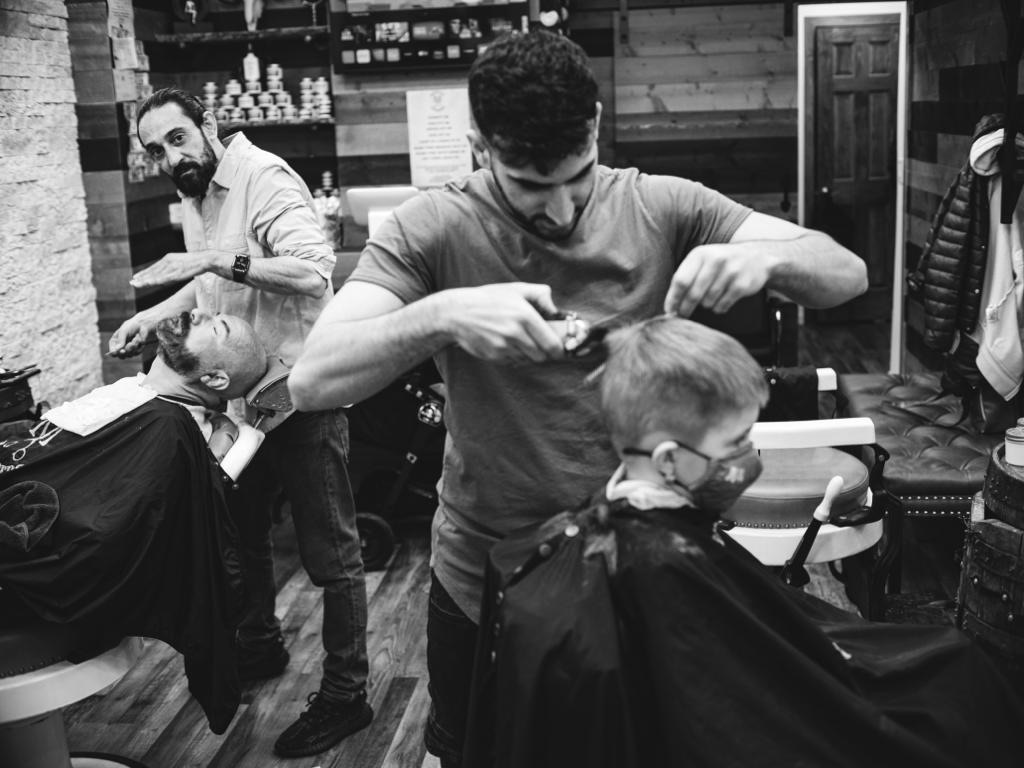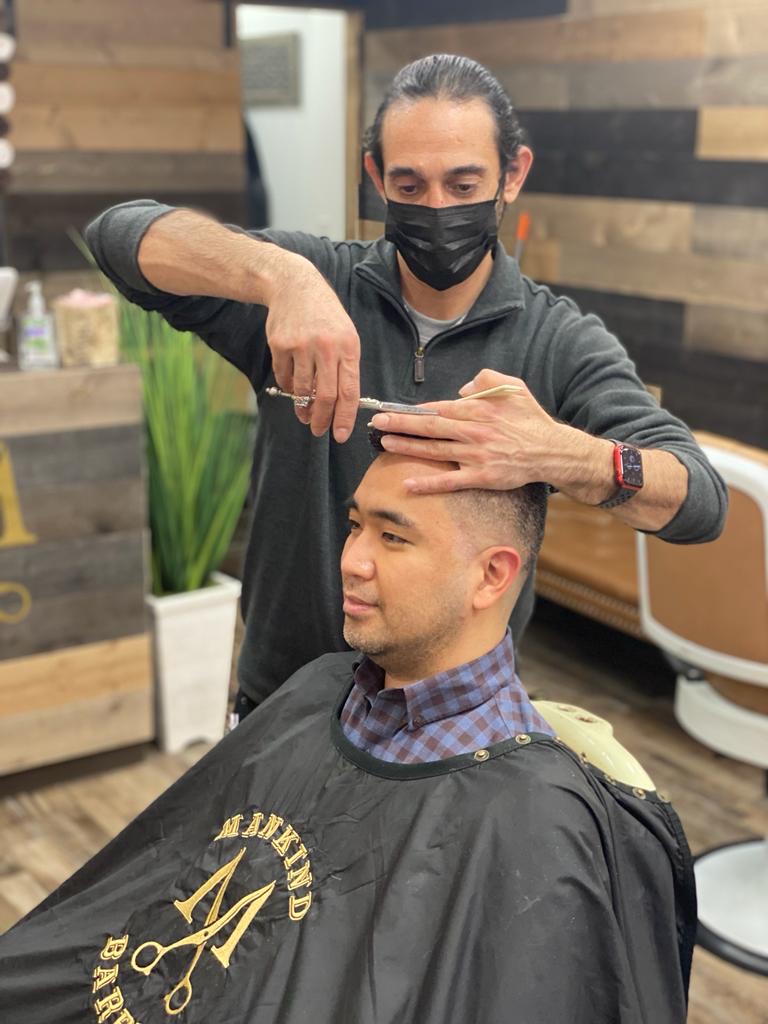Frequently Asked Questions
For men with short textured haircuts, achieving a polished and stylish look often involves utilizing specific techniques that enhance the natural texture. Applying a lightweight styling cream or matte pomade can help define individual strands while providing hold without weighing down the hair. Using a texturizing spray after blow-drying adds volume and enhances tousled waves for an effortless finish. Incorporating finger-combing allows for organic movement, preventing stiffness associated with excessive product use. Additionally, leveraging tools like a sea salt spray can create beachy textures reminiscent of summer days, while maintaining flexibility throughout the day. Regular trims ensure that split ends are managed and shape is maintained, contributing to an overall fresh appearance in any setting from casual outings to professional environments.
To maintain volume in long men's hairstyles without relying on heavy products, one effective approach is to utilize lightweight volumizing mousses or sprays that add body and texture without weighing the hair down. Incorporating proper techniques such as blow-drying with a round brush can lift the roots while enhancing natural movement and flow; using a cold shot at the end helps set styles and adds shine. Regular trims also play a crucial role by eliminating split ends, which can weigh down longer locks, thereby promoting healthier-looking hair overall. Moreover, strategic layering creates dimension and prevents an overly flat appearance. Gentle scalp massages during washing stimulate blood circulation for optimal growth while maintaining cleanliness with sulfate-free shampoos ensures that excess buildup does not compromise volume potential. Emphasizing air drying or scrunching damp hair enhances its innate wave pattern for added fullness without resorting to sticky gels or creams allows men to achieve effortlessly voluminous looks throughout various occasions.
To achieve a sleek look on medium-length haircuts, several specific tools are essential for optimal styling and finish. A high-quality flat iron is crucial for smoothing out any frizz and creating a polished appearance; its ceramic or tourmaline plates ensure even heat distribution while minimizing damage. Additionally, a round brush can be invaluable during blow-drying to enhance shine and create volume at the roots. For added control, using an anti-frizz serum or lightweight smoothing cream before styling can help tame flyaways and provide long-lasting hold without weighing down the hair. Finally, finishing with a flexible hairspray will secure the style in place while maintaining natural movement, ensuring that every strand looks impeccably sleek throughout the day.
Face shapes significantly influence men's hairstyle choices, particularly when deciding between short and long styles. For instance, men with oval faces often benefit from versatile hairstyles that can be either cropped close or allowed to grow longer, as their balanced proportions accommodate a variety of lengths. Conversely, those with square jawlines may prefer shorter cuts like crew cuts or textured crops that soften angular features while emphasizing masculinity. Round-faced individuals might opt for styles that add height and structure, such as faux hawks or pompadours, steering clear of overly voluminous long hair which could accentuate roundness. In contrast, men possessing rectangular face shapes can select longer hairstyles that provide width and balance out elongated features; flowing locks paired with side-swept bangs work well in this context. Ultimately, understanding the interplay between facial geometry—such as cheekbone prominence—and hairstyle length assists in achieving an aesthetically pleasing look tailored to individual characteristics within the spectrum of contemporary male grooming trends.
When transitioning from a long haircut to a shorter style, maintaining healthy hair is crucial. It is advisable for individuals to gradually trim their locks in increments rather than opting for an abrupt chop, allowing time for adjustment and minimizing shock to the hair structure. Incorporating regular deep conditioning treatments can enhance moisture retention and restore elasticity during this process. Utilizing high-quality leave-in conditioners or nourishing oils helps combat dryness and split ends while promoting shine. Regular trims every six weeks are essential in preventing damage as they remove any frayed ends that may develop during the transition phase. Additionally, embracing protective hairstyles can shield vulnerable strands from environmental stressors while encouraging growth toward the desired length without compromising health.

